August 2013 — Downtown districts in Wisconsin’s small cities and villages have significantly different demographic and economic characteristics from those in larger cities. These differences can help us understand their particular issues and opportunities for downtown revitalization. This article profiles small town downtowns from the perspective of who lives downtown, who works there, and what businesses operate in the commercial district.
The profile is based on an analysis of 143 Wisconsin cities and villages with 2010 populations between 1,000 and 2,500[i]. The following discussion focuses on the geographic area within a half-mile of the center of each of the downtown districts studied.
Who Lives Downtown?
The nearby resident population has become an important element in downtown revitalization efforts. Downtown residents contribute to an active environment that extends activity beyond traditional business hours, and residents who live within a half-mile of the middle of downtown provide a captured market for convenience retail and services.
Small cities and villages typically have a much larger percentage of their populations living near the downtown as these communities are concentrated in smaller geographic areas. The table below indicates that 70-percent of the residents of small towns live within a half-mile walk of the middle of downtown. This is significantly higher than 17-percent found in the combined total of all Wisconsin cities and villages studied.
Other characteristics of small-town downtowns as indicated in the table include moderate population growth, a higher percentage of owner-occupied housing units, and an older population.
The data suggests that small towns have an opportunity to position their downtown as a convenient and walkable, community-serving hub. Business development efforts could build upon the relative stability of the nearby resident market.
Who Works Downtown?
Companies, government institutions, and other organizations located in or near downtowns generate large amounts of local revenue, income, and economic activity. They also bring a daily stream of workers into the area.
Small towns with populations between 1,000 and 2,500 have an average of 754 full or part-time employees working within a half-mile of the middle of downtown. This indicates that there is a high density of employment in these downtown areas.
Small town downtowns have a larger percentage of manufacturing employment (20.2%) than the entire state (14.5%). Similarly, they have a larger percentage (12.2%) of employment in the education sector than the entire state (7.5%).
The small town downtowns also have a relatively high concentration of employment in retail. These communities are often too small to support large-format stores that would divert employment outside of downtown. The distribution of employment is presented in the following table.
The data suggest that small town downtowns are hubs for employment. They have an opportunity to better serve the worker population including in-commuters.
What Businesses Operate Downtown?
Retail and service businesses are traditional downtown uses that add to a community’s livability. A business mix that serves local needs is an important element of quality of life.
Downtowns in small towns tend to have a high concentration of restaurants, drinking places, beauty salons, and gas stations. Many businesses tend to be convenience-oriented whereas larger city downtowns tend to have more destination businesses (such as high volume stores). The following table indicates the most common types of businesses located in small-town downtowns.
The data suggest that small town downtowns focus on goods and service businesses that can co-exist with regional general merchandise stores. Further, the average sales per business in categories such as grocery, hardware, and restaurants indicate that businesses in small towns may generate as little as 50 to 75-percent of the sales of their counterparts in larger towns.
Summary
Downtowns in Wisconsin’s small cities and villages are walkable for up to 70-percent of their residents. These downtowns are also major employment hubs with significant manufacturing and education sector employment. In-commuters bring in added spending potential for downtown businesses. Finally, businesses that remain in these small town downtowns tend to fill gaps that are not served by regional shopping destinations.
Reference
[i] Resident Characteristics of Wisconsin’s Downtowns (2013); Employment in Wisconsin’s Downtowns (2011); and Retail and Service Business Mix Analysis of Wisconsin’s Downtowns (2011).

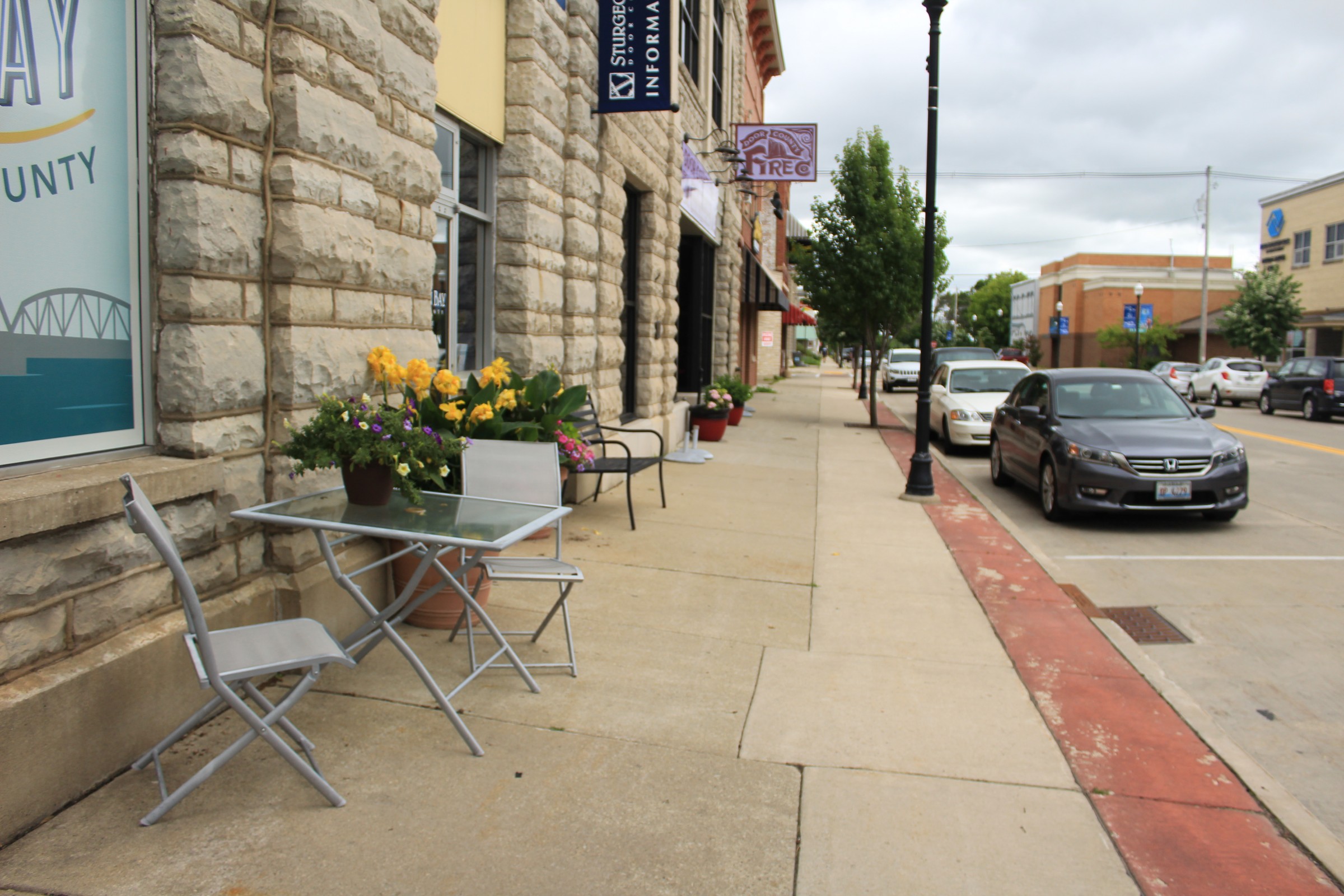

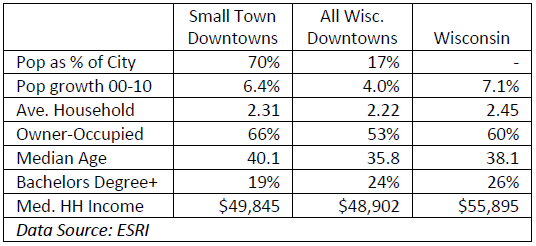
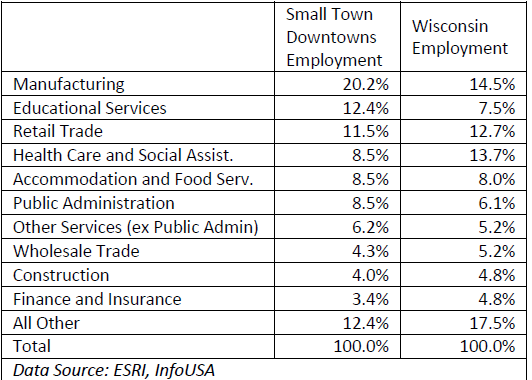


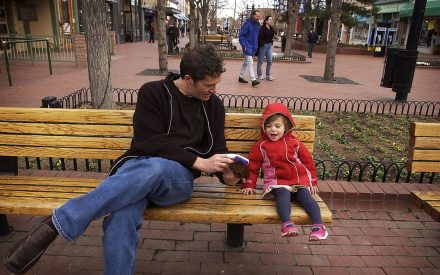

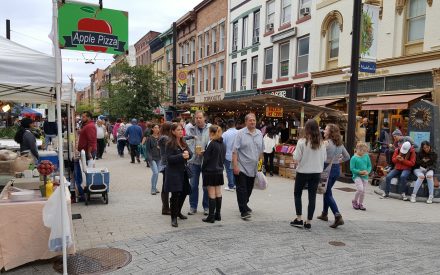
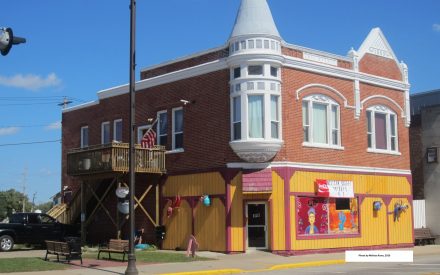

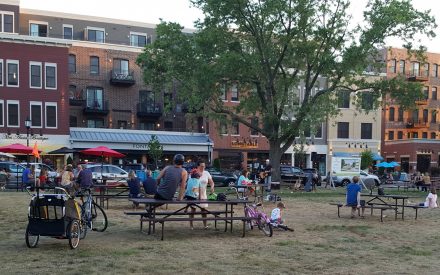

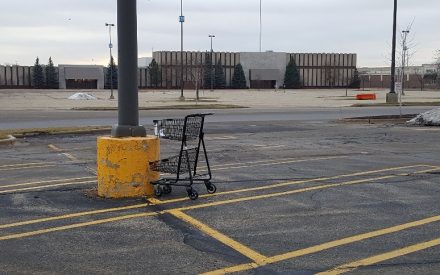



 Rural Pharmacies an Overlooked Piece of the Rural Health Care System
Rural Pharmacies an Overlooked Piece of the Rural Health Care System The Economics of Downtown Revitalization: Putting Some “Oomph” Behind the Numbers
The Economics of Downtown Revitalization: Putting Some “Oomph” Behind the Numbers The Hotel Industry: Recovery and Future Development in Our Communities
The Hotel Industry: Recovery and Future Development in Our Communities Focus Group Analysis Tips
Focus Group Analysis Tips


